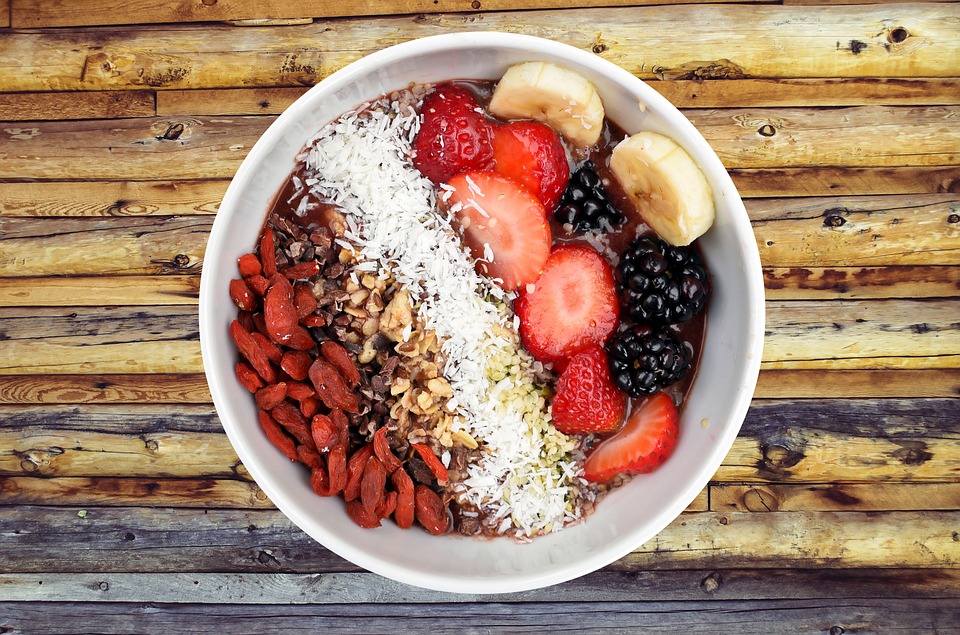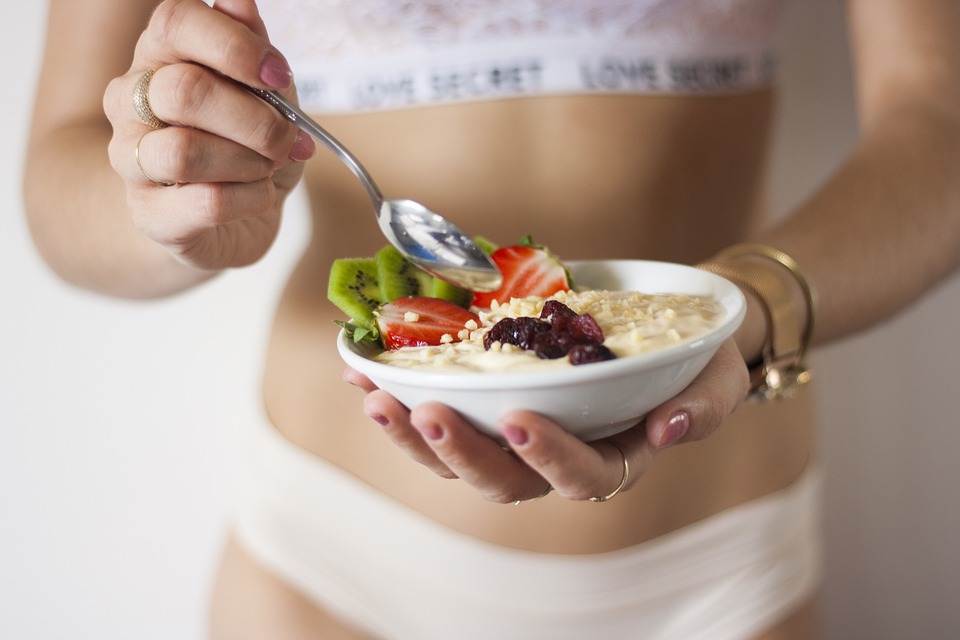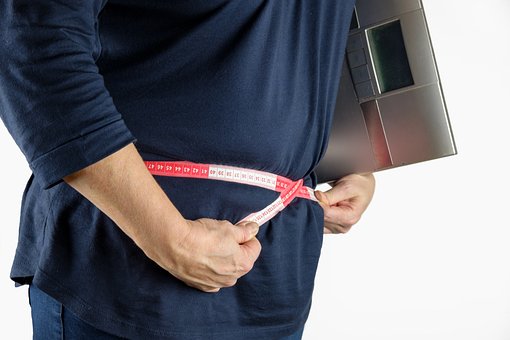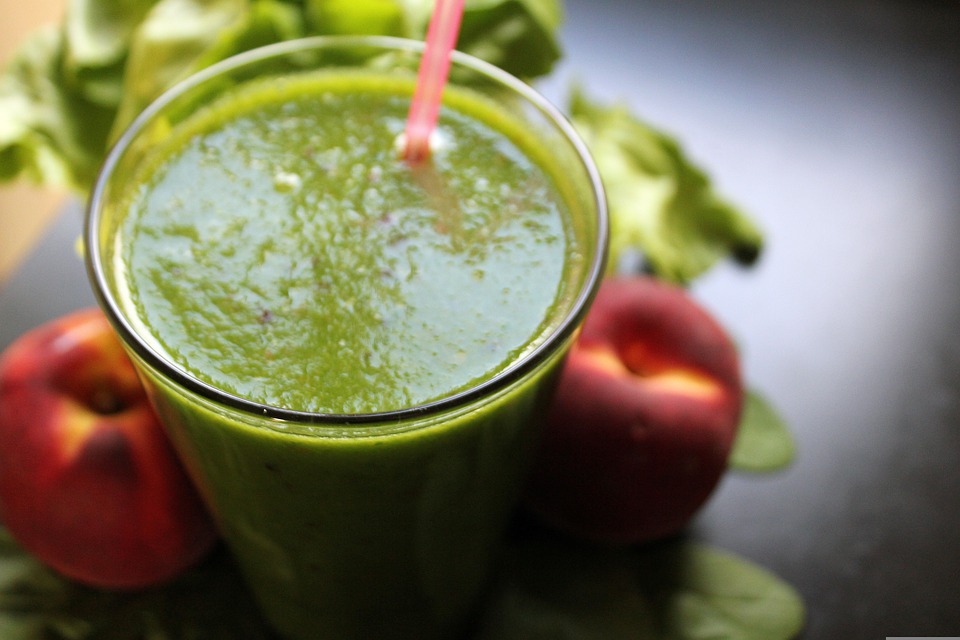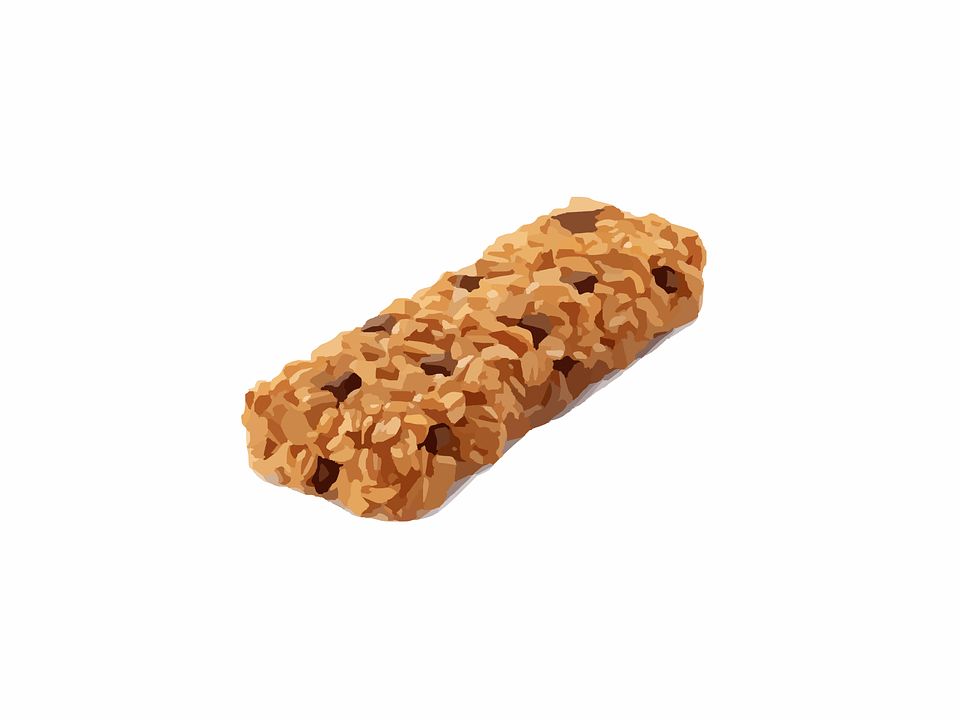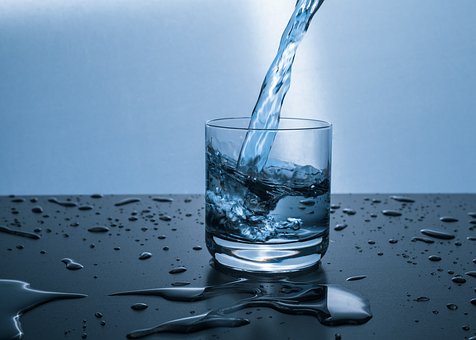
Are you considering using protein powder as part of your diet and asking yourself what your desired outcome is?
What is the purpose of having protein in our diet?
So before we get into the perfect amount of protein powder per day – let’s reverse engineer this one crucial fact:
Eating the right amount of protein powder can be advantageous for everyone.
Now.
It shouldn’t be assumed that everyone needs to drink a mass of protein shakes to consume a whopping 300 grams of protein per day.
It is of utmost importance to make sure that one’s diet has a sufficient amount of protein.
Eating a diet that is rich in protein has many advantages aside from being able to get a toned, muscular body.
Here are a few of the key benefits of getting enough protein daily:
Increased Muscle Mass
Studies have demonstrated that adding protein powder to your diet can aid in building muscle mass as well as maintaining it.
Our muscles are constructed from the components of protein, primarily the amino acids it contains.
Ensuring that our bodies get an adequate supply of protein is an important part of obtaining increased muscle and strength.
Increased Metabolism
Protein is not a miracle metabolism enhancer, however, it does have an amazing metabolic capacity.
Consuming a diet that is high in protein will cause your metabolism to accelerate, resulting in the burning of more calories when you are stationary.
Increasing your metabolic rate is only one of the various approaches that protein powder can help you in dropping pounds.
Consuming an increased amount of protein substantially boosts the amount of calories burned during a 24-hour period.
This is because of a process known as the thermic effect of food, or TEF.
TEF is an estimation of the energy required to break down various types of food.
Protein has a thermogenic impact on the food which is approximately 30%. This means that 30% of the energy in protein is consumed by the body for digestion and metabolism.
That is significantly greater than the heat generated by ingesting carbohydrates and fats, both of which have a heat conversion rate of around 15%.
Consuming a higher proportion of daily calories as protein will result in an increase in caloric burning ranging from 80 to 200 calories daily, depending on the size of the portion.
The takeaway here?
Eating proteins can increase your metabolic rate more than other nutrients, thereby burning more calories.
Increased Satiety
Research has revealed that protein is more filling than either carbohydrates or fat.
The satisfaction you gain from eating protein can help prevent you from consuming too many calories during the day.
So, why is protein so filling?
This is due to the consequence that protein has on hormones that regulate hunger, such as ghrelin.
Protein communicates strong messages to the human body to halt the secretion of hormones connected to hunger, leading to a sensation of contentment and satiation.
What are the potential hazards of having too much protein in one’s diet? What percentage of your daily protein consumption should come from protein powder, and what percentage should come from sources like chicken, turkey, beef, quinoa, and eggs?
How Much Protein Does a Person Need in Their Diet?
It is not necessary to limit your protein intake to an exact amount, but it is suggested that you not go above the top end of the Acceptable Macronutrient Distribution Ranges (AMDR).
Protein Input = Protein Used by the Body + Protein Excreted
A person’s diet should contain enough protein to ensure that the amount being consumed is equal to the amount being utilized. The Recommended Daily Allowances for protein were calculated by measuring nitrogen levels. Amino acids consist of four main components, one of which is nitrogen. When proteins are separated into their constituent parts and amino acids are broken down, the end result is the release of nitrogen. The liver is responsible for converting amino acids into ammonia, which is quickly changed into harmless, nitrogen-containing urea. The kidneys are then responsible for eliminating urea from the body. A majority of nitrogen is discharged from the body in the form of urea through urination, yet it is also excreted in the stool. Sweating causes the loss of proteins, as does the growth of hair and nails. Therefore, the Recommended Daily Allowance of protein is the quantity of the nutrient that an individual should take in to offset their protein expenditure and losses. For healthy adults, the recommended daily protein intake is 0.8 grams of protein per kilogram of their body weight. You can calculate your exact recommended protein intake per day based on your weight by using the following equation:
(Weight in lbs. ÷ 2.2 kg/lb) × 0.8 g/kg
One should be aware that if someone is overweight, the suggested quantity of protein in their diet could be higher than necessary.
The IOM looked at the results from numerous experiments that tracked the nitrogen levels of individuals from various age brackets to determine the Recommended Dietary Allowance for protein. A person is said to be in equilibrium when the amount of nitrogen taken in and the amount of nitrogen lost are equal. A person is in a state where they have less nitrogen in their body than is being ingested when the quantity of nitrogen excreted is greater than what was consumed, indicating that the body must break down additional protein in order to meet its needs. An imbalance in one’s health state can be noticed in individuals suffering from various diseases, including cancer and muscular dystrophy. Someone with a protein-restricted diet may be deprived of the requisite protein they need, leading to an unfavorable nitrogen balance. A state of positive nitrogen balance is established when a person ingests more nitrogen than is lost through excretion, for example during the growth period of a child or during pregnancy. During these periods, the body needs more protein to create new cells, thus utilizing more of what it consumes and resulting in a decrease of nitrogen being emitted. Someone recovering from a serious injury can be in a positive nitrogen balance since the protein is being used to mend the damaged tissues.
Dietary Sources of Protein
Proteins can be found in foods derived from animals such as meat, seafood, poultry, and eggs, as well as plant-based sources like soy, beans, peas, and seeds. Harvard School of Public Health states that consuming either animal or vegetable proteins likely has equivalent effects on health. The protein portion is probably the aspect that will influence the outcome. In other words, different kinds of proteins come with distinct elements in them, so it is necessary to look at the overall nutrition they provide. Animal proteins generally contain high levels of B vitamins, Vitamin E, iron, magnesium, and zinc. Fish and other sea creatures often comprise healthy fats, and plant-based protein products are loaded with plentiful amounts of dietary fiber. Certain types of animal-sourced proteins contain too much-saturated fat and cholesterol, which is unhealthy. When deciding on what proteins to add to your diet, pay attention to the other nutrients and non-nutrients included, like cholesterol, food colorings, and preservatives. This will help you make decisions that will bring the best health benefits. For example, a hamburger created with 80% lean mince features 22 grams of protein, 5.7 grams of saturated fat, and 77 milligrams of cholesterol. A hamburger consisting of 95% lean meat contains 22g of protein, but it has 2.3g of saturated fat and 60mg of cholesterol. A single serving of boiled soybeans has 29 grams of protein, 2.2 grams of saturated fat, and lacks any cholesterol.
The USDA has some advice on selecting the proteins in your diet. Their motto is, “Go Lean with Protein”. It is recommended to consume different types of foods that are high in protein to maintain good health. The US Department of Agriculture advises that people should consume lean varieties of meat including round steaks, top sirloin, extra-lean ground beef, pork loin, and skinless chicken. A person should incorporate 8 ounces of cooked seafood into their diet each week (usually in two separate servings of 4 ounces each) in order to maximize the beneficial omega-3 fatty acids that have been connected to a reduced risk of heart disease. It may be beneficial to have beans, peas, or soy-based food as the central meal item. Among the menu items are chili with kidney and pinto beans, hummus served on pita bread, and black bean enchiladas. You could have a lot of fun with nuts. You have the option to add them to a salad, incorporate them in a stir-fry, or top steamed veggies with them as a substitute for meat or cheese. If you refrain from consuming meat, the US Department of Agriculture provides considerable data about how to acquire all your necessary protein from a vegetarian diet. When selecting high-protein foods, take into account the overall nutritional value and make an effort to choose protein sources from multiple places to ensure you are receiving all the essential vitamins and minerals.
Protein Quality
Protein is present in many different foods, although the quality varies. Protein of exceptional quality includes all the essential amino acids necessary for the human body in the right amounts. The proportions of the different amino acids present in various foods are an essential consideration when measuring the quality of their proteins. Foods that do not have all of the nine necessary amino acids are known as incomplete protein sources, while those that include all nine amino acids are known as complete protein sources or proteins of the highest quality. Animal-based foods that contain complete proteins are dairy products like milk and cheese, poultry, eggs, meat, and fish. Plant-based complete proteins can be found in soy and quinoa. Gelatin is the only animal-derived protein that is not considered a full protein, as it is made up of collagen.
Most plant-based foods do not contain all of the necessary essential amino acids and are thus not considered complete sources of protein. An illustration is that grains don’t commonly have enough of the amino acid lysine, and legume products don’t contain methionine or tryptophan. Since grains and legumes don’t lack the same amino acids, they can work together in a person’s diet. Foods that are not full of protein are referred to as complementary because when eaten together, they supply the nine key amino acids that are required in adequate amounts.
Proteins in a Nutshell
Proteins are composed of long sequences of amino acids arranged into particular formations which dictate what they do, with as much as several thousand different applications. They are the main components for constructing the human body, providing a base for forming bones, skin, hair, muscle, hormones, and antibodies. Without these elements, we are unable to deteriorate or construct molecules, expand, or recuperate from an injury. Consume proteins in a balanced manner; make sure that at least 10 percent of the calories you consume are derived from proteins, but do not exceed 35 percent. Not getting enough protein can interfere with how your body functions while eating an excess amount can result in long-term illnesses. Proteins are in a variety of foods. Opt for animal-derived foods that are low in saturated fat and cholesterol for better results. Certain plant-based foods possess all the essential amino acids to constitute a complete protein source and they will not significantly increase your amount of saturated fat or cholesterol. It is simple to include incomplete sources of protein in your daily consumption and ensure that the essential amino acids are present in sufficient quantities. The elderly and those who are still growing should make sure that they get an adequate amount of protein in their diet to help develop and sustain muscular strength.
Nuts are a nutrient-packed snack that contains a large amount of protein. Approximately fifty pistachios, weighing one ounce, provide the same amount of protein as one egg, as well as plenty of vitamins, minerals, beneficial polyunsaturated fats, and antioxidants. The FDA additionally states that consuming a single ounce of nuts daily can decrease your chances of developing heart illness. Can you be a hardcore athlete and a vegetarian? A number of Olympic athletes adhere to a vegetarian diet, such as figure skater Charlene Wong, sprinter Leroy Burrell, hurdler Edwin Moses and track and field legend Carl Lewis who earned a total of ten medals, including nine golds. The DGAC conducted a review of vegetarian diets and found they were not deficient in any nutrients. However, vegans should make sure they are getting enough of specific nutrients including vitamin B12, vitamin D, calcium, omega-3 fatty acids, and choline. Female athletes may be especially prone to needing more iron and zinc in their diet. As an athlete, eating a vegetarian diet necessitates that you watch what you consume more carefully; nonetheless, that is also true for all athletes regardless of their dietary preferences.
Do You Need a Protein Powder?
We previously talked about how a diet high in protein can be incredibly beneficial for those trying to shed pounds or excel in their activities.
An analysis of our protein needs determined that a diet with a wealth of protein sources should include at least 125 grams of protein on a daily basis, even when the daily caloric intake is small.
You would likely need to consume at least three whole chicken breasts if you’re barely consuming 2000 calories per day in order to satisfy your daily protein needs or 20 eggs. It is not recommended to consume these items because they are high in sodium and fat.
It’s essential that you have a variety of different proteins in order to get a diverse range of essential amino acids and essential vitamins and minerals.
That’s why a protein powder can be extremely helpful.
It is convenient, incredibly dense in protein, and cost-effective.
How Much Protein Powder Do I Need Per Day?
What portion of your daily protein intake should come from protein powder?
It is a good idea to make sure that most of your protein (approximately 80%) is sourced from whole foods.
Eating whole foods gives you benefits that you just can’t get from a protein powder alone, such as additional nutrients.
Did you know that chewing is actually extremely beneficial for your health?
Incorporating lean protein from whole foods, consuming at least three to four helpings of nutritious vegetables daily, and ensuring you get sufficient water intake are the three basics of a balanced diet.
But getting back to the optimal protein powder amount- the 80:20 ratio suggests that it is sensible to aim for 20-30 grams of protein from protein powders daily.
The quantity provided permits you to obtain a significant amount of superb protein in a rush, all the while still delivering numerous advantages from consuming those entire foods.
Remember that if you increase your daily protein intake, it is alright to also elevate the amount of protein powder you consume.

